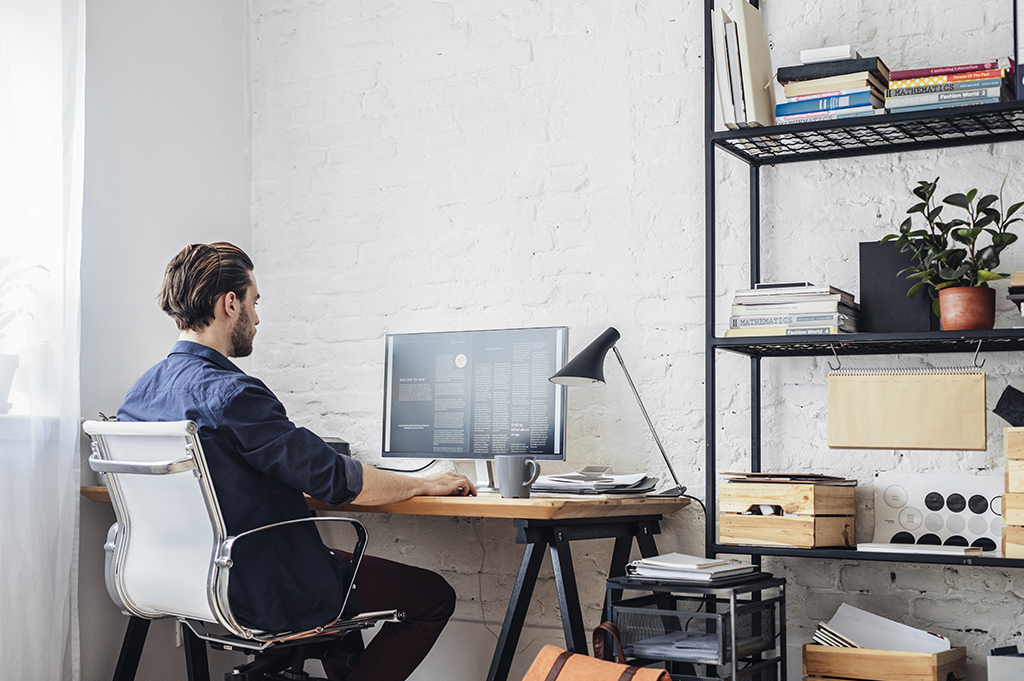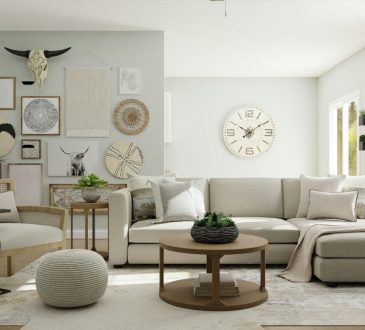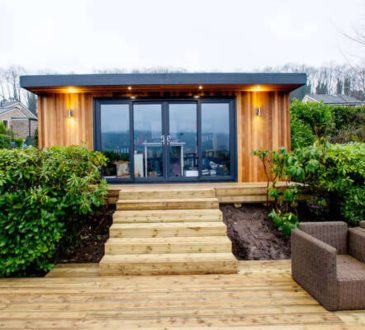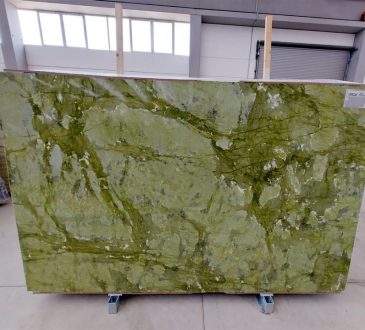
The phrase on many homeowners’ minds this year is self space. While there are a number of interior design and renovation trends that disappear as quickly as they appear each year, experts are already seeing self spaces as an outlier, one that is likely to last for years to come.
What, however, is a self space?
A self space is a room within a home that is created and designed for the purpose of self-care. This means that, beyond having other practical utilities, such as a kitchen or bathroom, or even the multifunctionality of a living room, a self space is one with the sole purpose of supporting a resident’s wellbeing.
Such spaces take many forms, with some residents wanting to design a comfortable respite that allows them to escape the stressors of daily life, while others seek to centre their design around an activity or hobby. Regardless of the room’s finished appearance, it is wellness and health that must underpin the design and confirm it as a self space.
Seemingly spurred by the significant shift in property trends following the health crisis and resulting lockdowns, a greater number of residents have begun to prioritise their mental health, to the extent that home designs are now being altered. Bathroom spaces, for example, are becoming more spa-focussed, with an emphasis on indulgence.
This development manifests within homes in different ways and not every property has the ability to accommodate an entire room for self-care. If you believe a self space within your home might be useful, there are a number of ways in which one can be created. Spare bedrooms are being swapped and log cabins built outside of the home and within garden spaces, as more residents seek to create their own.
Spare bedrooms in particular have become a popular choice for conversion as many homeowners seek to maximise their return on investment. When comparing a second or third bedroom that may be used a few nights of the month with a room that might find usefulness several times a week, the best choice is clear.
Those who have already adopted a self space within their home are likely to be ready and willing to share their positive experiences. In general, having part of a property dedicated to wellbeing and restoration is valuable. It allows residents to relax and enjoy activities without compromise. However, at a time when a greater number of residents are also working within their homes, a space that is entirely separate from any practical or professional responsibility has brilliant potential for personal wellbeing.
This is because individuals generally find themselves unable to totally relax in a space that is used for practical purposes or involves their professional pursuits. Many remote workers, for example, are finding themselves unable to switch off at the end of their working hours due to the presence of work-related equipment and technology within their homes. This feeling of obligation and inability to step away from responsibilities is detrimental to wellbeing and is a great demonstration as to why self spaces are valuable.




